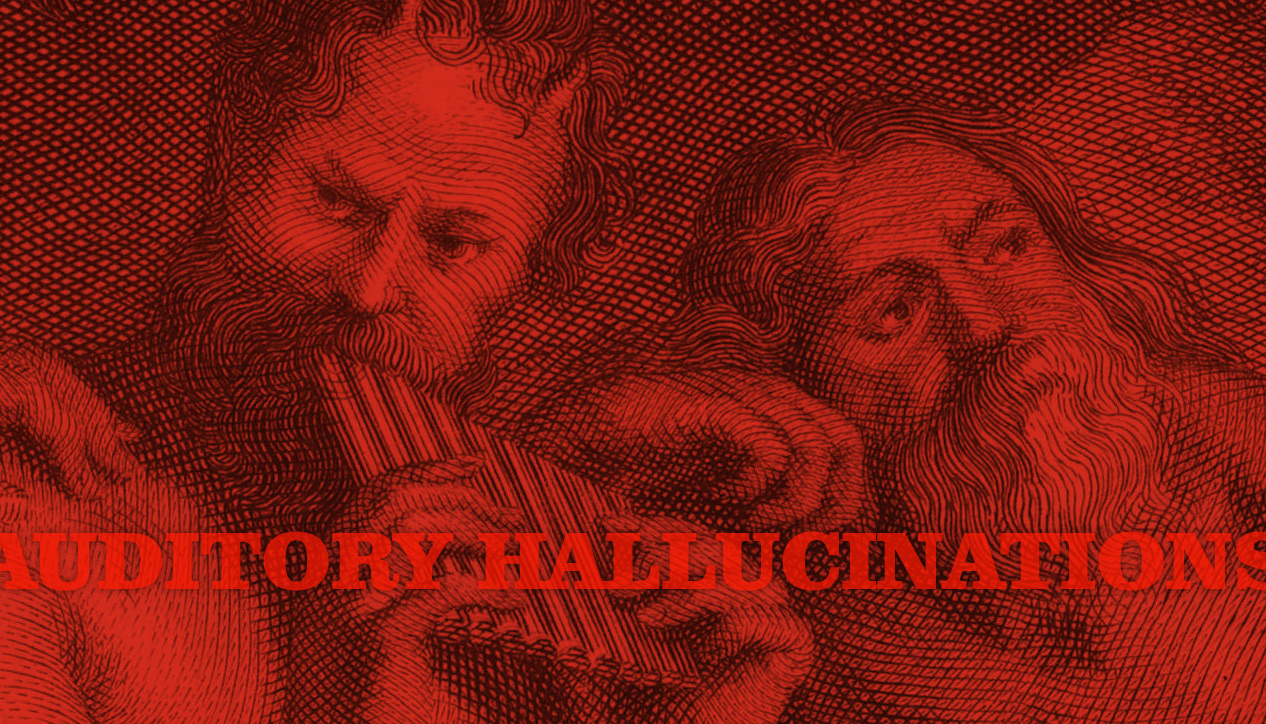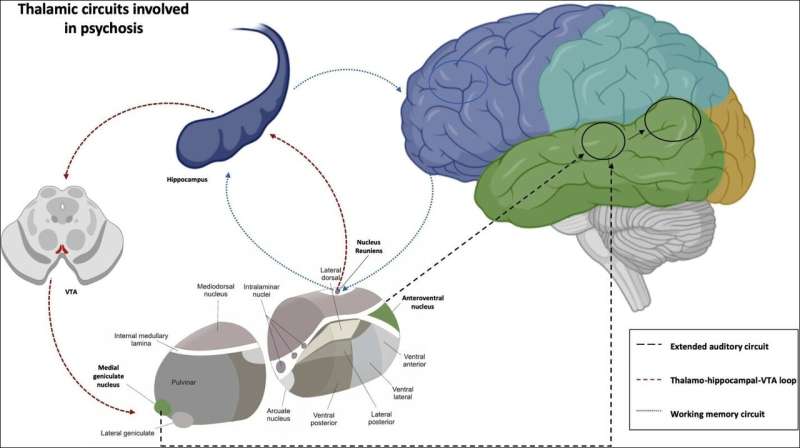
Hallucinations are frequent among the general population. Two cases were associated with substance abuse. All subjects had good insight and none had psychotic symptoms. The majority reported sleep-related experiences and auditory perceptions related to hyper vigilance, such as hearing the telephone or the doorbell ring when in fact it had not (38.8%). 22.2% described visual phenomena and 64.8%, auditory. 74 respondents answered affirmatively to one or more screening questions, and 54 completed the follow-up interview. N = 134 (average age was 22.1 years 77.6% were women). We obtained clinical and epidemiological data through a semi-structured clinical interview performed by a third year neurology resident. After a screening questionnaire, an individual interview was conducted via telephone or e-mail for those students who reported hallucinations. We designed an observational study, using as subjects, third to sixth year medical students of the Universidad Complutense de Madrid who complete clinical rotations in the Hospital Clínico San Carlos. We aim to determine the prevalence of hallucinations among healthy young adults in our environment. Hallucinations are frequent in clinical practice, with an incidence of up to 38.7% in the general population. Parkinson's disease and narcolepsy-like symptoms. What is the link between hallucinations, dreams, and hypnagogic–hypnopompic experiences? Isolated sleep paralysis and hypnic hallucinations in schizophrenia. An anxious 17-year-old girl who hears voices only at sleep onset. In the twilight zone: An epidemiological study of sleep-related hallucinations. You can learn more about how we ensure our content is accurate and current by reading our editorial policy. We link primary sources - including studies, scientific references, and statistics - within each article and also list them in the resources section at the bottom of our articles. Medical News Today has strict sourcing guidelines and draws only from peer-reviewed studies, academic research institutions, and medical journals and associations. If this is the case, a person may wish to contact a doctor. They can stop a person from sleeping well and cause stress or anxiety.

Hypnagogic hallucinations can be disturbing. They usually occur alongside a migraine headache and are different from hallucinations. Symptoms of Parkinson’s disease: These include slow movement, muscle stiffness, and shaking in the hands and other parts of the body.Ī migraine episode may also cause a person to see colors, lights, or images that do not exist.Symptoms of schizophrenia: These include hearing voices, having confused thoughts, and experiencing changes in behavior.Symptoms of narcolepsy: These include muscle weakness, being very sleepy during the day, and having disturbed sleep at night.If a person has any of the following symptoms, they may wish to contact a doctor. Hypnagogic hallucinations are not usually a health risk.Ĭertain medical conditions have links with these hallucinations. These hallucinations may happen at the same time as sleep paralysis. They may prevent a person from falling asleep. The images, sounds, or other sensations may last a number of minutes. Other symptomsĭuring a hypnagogic hallucination, a person knows that they are awake. People may feel as though they can hear voices, environmental sounds, or unidentifiable noises. The extra content of these sounds may vary between people. Hypnagogic hallucinations often have an auditory component. Images can be quite complex and detailed or may simply appear as blurs or misperceptions. They may include images of people, animals, or moving objects. Visual hallucinationsĭuring hypnagogic hallucinations, people will often experience visual disturbances.

This sensation could be a feeling of falling or flying. These can be images, smells, tastes, tactile sensations, or sounds.Ī person may also feel as though they are moving while their body is still. A person will experience vivid hallucinations as they fall asleep or just before falling asleep.


 0 kommentar(er)
0 kommentar(er)
